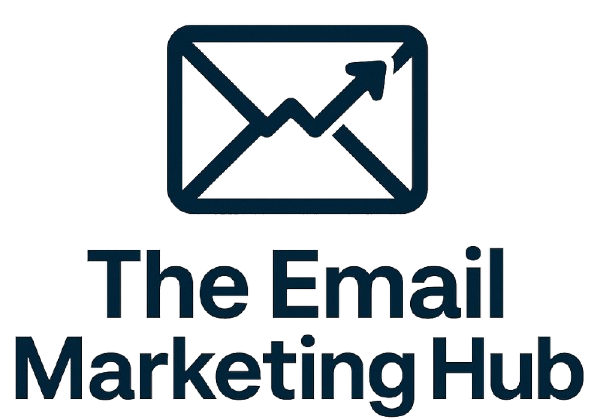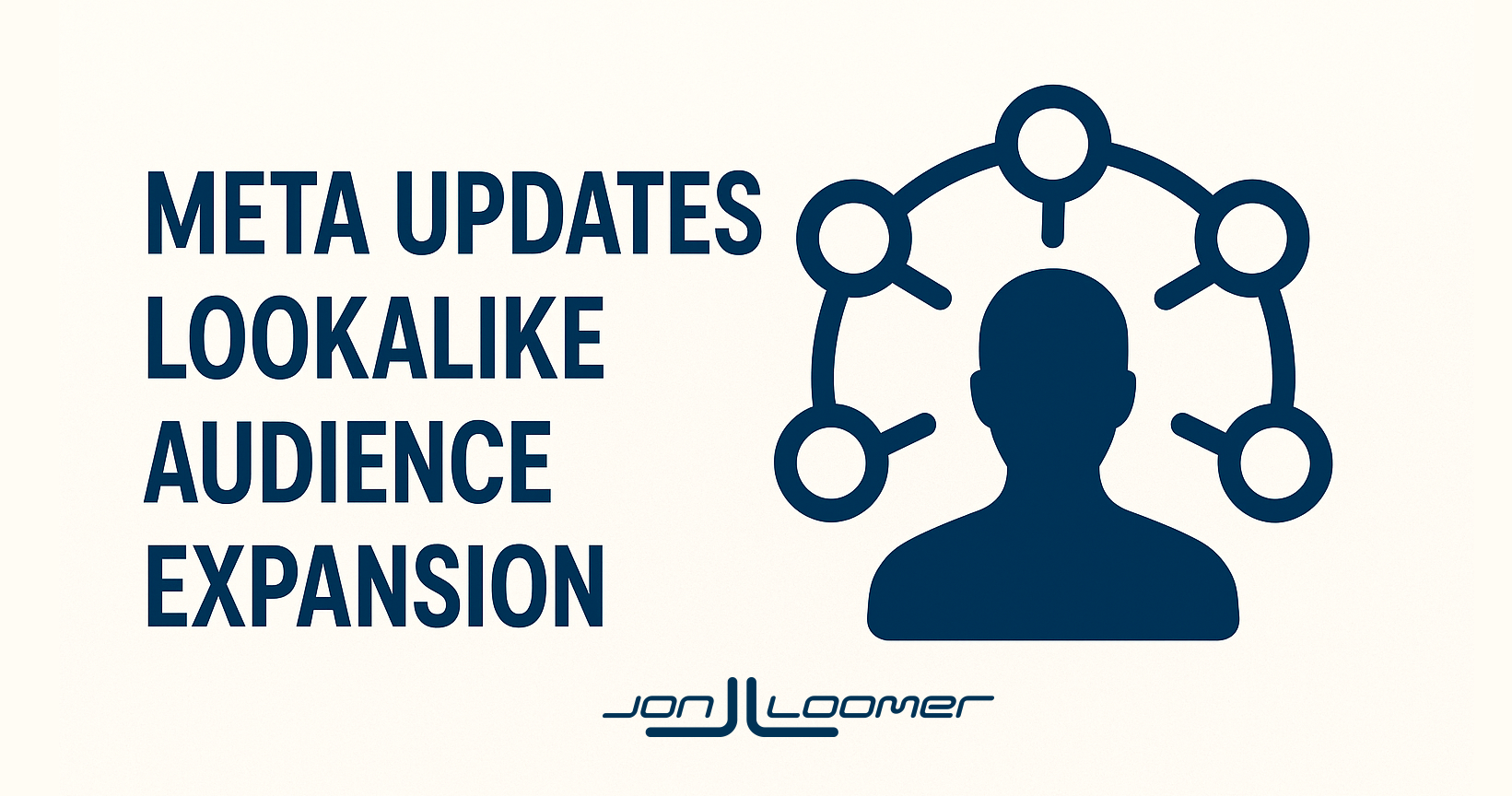Your ability to restrict targeting to lookalike audiences has changed again.
Meta (then Facebook) introduced lookalike audiences in 2013 as a way to automatically generate a larger pool of people who are similar to our current customers. But things have changed quite a bit since then.
Algorithmic targeting now does much of what lookalike audiences were meant to do. While I question whether lookalikes are still necessary, I also understand there could be exceptions and you should let results be your guide.
Regardless, the lookalike audience is becoming less and less explicit. In many cases, there’s no way to prevent Meta from showing your ads to people outside of that audience.
This automatic expansion was originally limited to when using a performance goal that was focused on conversions. But it has spread quite a bit further.
I’ve stumbled on this by mistake, and I’ve yet to see it reflected in Meta’s documentation. But such a change would be consistent with the direction we’re heading.
This change could make it harder for advertisers who rely on strict lookalike targeting to maintain full control over who sees their ads…
Advantage+ Campaigns
Let’s start with what happens when you create an Advantage+ Campaign, since this is where most of these changes show up first. If your campaign objective is Sales, Leads, or App Promotion, any lookalike audiences are submitted as suggestions by default.
This isn’t the new part, of course. When using these objectives, you could click the button to “further limit the reach of your ads.”
And when you do that, you will sometimes be able to turn suggestions off so that you can only reach people in the lookalike audience you provided.
But that checkbox’s availability is becoming more rare. That checkbox no longer appears when you use these objectives with any of the following performance goals:
- Maximize number of conversions
- Maximize value of conversions
- Maximize number of landing page views
- Maximize number of link clicks
- Maximize number of app events
- Maximize number of conversations
- Maximize number of calls
- Maximize number of leads
- Maximize number of conversion leads
In all of these cases, it looks like this…
You are unable to remove suggestions as an option when using lookalike audiences with any of these performance goals and the campaign objectives of Sales, Leads, or App Promotion. Meta will reach people beyond your intended audience.
Manual Campaigns
The behavior is more “old school” (at least at the time of writing this post) when using the other campaign objectives (Awareness, Traffic, and Engagement).
You can provide a lookalike audience as a suggestion with Advantage+ Audience.
If you want more control, you can click the link to “Switch to original audience options.”
And when you do, you might see a checkbox that makes Advantage+ Lookalike an option.
Keep in mind that using Advantage+ Lookalike is no different than providing a lookalike audience as a suggestion. They’re just different ways of communicating the same thing. In either case, Meta can expand your audience beyond what you provided if it believes it will lead to better results.
This checkbox is no longer available while using the Awareness, Traffic, and Engagement campaign objectives for the following performance goals:
- Maximize number of landing page views
- Maximize number of link clicks
- Maximize number of conversations
- Maximize number of calls
- Maximize number of conversions
In these cases, the checkbox disappears and you’ll get a message that Advantage+ Lookalike was automatically applied.
What Does it Mean?
As far as I can tell, whether or not you can restrict targeting to a lookalike audience is consistent for performance goals that exist across campaign objectives. The difference is whether it’s the new Advantage+ layout or the old flow with original audiences.
This is a pretty drastic change that is flying below the radar. By my count, there are now nine performance goals that automatically expand your targeting beyond lookalike audiences.
The question is whether it matters…
As I said at the top, lookalike audiences have been around for more than a decade. The reality is that I doubt Meta would even bother with lookalike audiences if they started the platform over today. Their power was that they did what Meta says algorithmic targeting does now.
While lookalike audiences tend to be large, they can also apply unnecessary restrictions on Meta’s algorithm. There’s little reason to prevent Meta from looking beyond a lookalike audience if it can get you better results.
I can understand the arguments for restricted targeting by age, gender, and even custom audiences (in some limited cases). But I’m actually somewhat surprised that Meta stopped where they did.
You can still restrict targeting to your lookalike audience for a large number of performance goals (included among them are maximize number of interactions, daily unique reach, impressions, page likes, reach, and estimated ad recall lift). What benefits do these remaining exceptions provide?
The bottom line is this: I would not be overly concerned about this change. In fact, I’d question first whether you need lookalike audiences at all. Beyond that, I’d prepare yourself for the day when one of two things eventually happens (if not both):
1. You can no longer restrict targeting to a lookalike audience, regardless of performance goal;
or
2. Lookalike audiences are phased out completely.
I have my money on the second. The signs are all there.
Your Turn
Are you still using lookalike audiences? Did you notice this change?
Let me know in the comments below!

